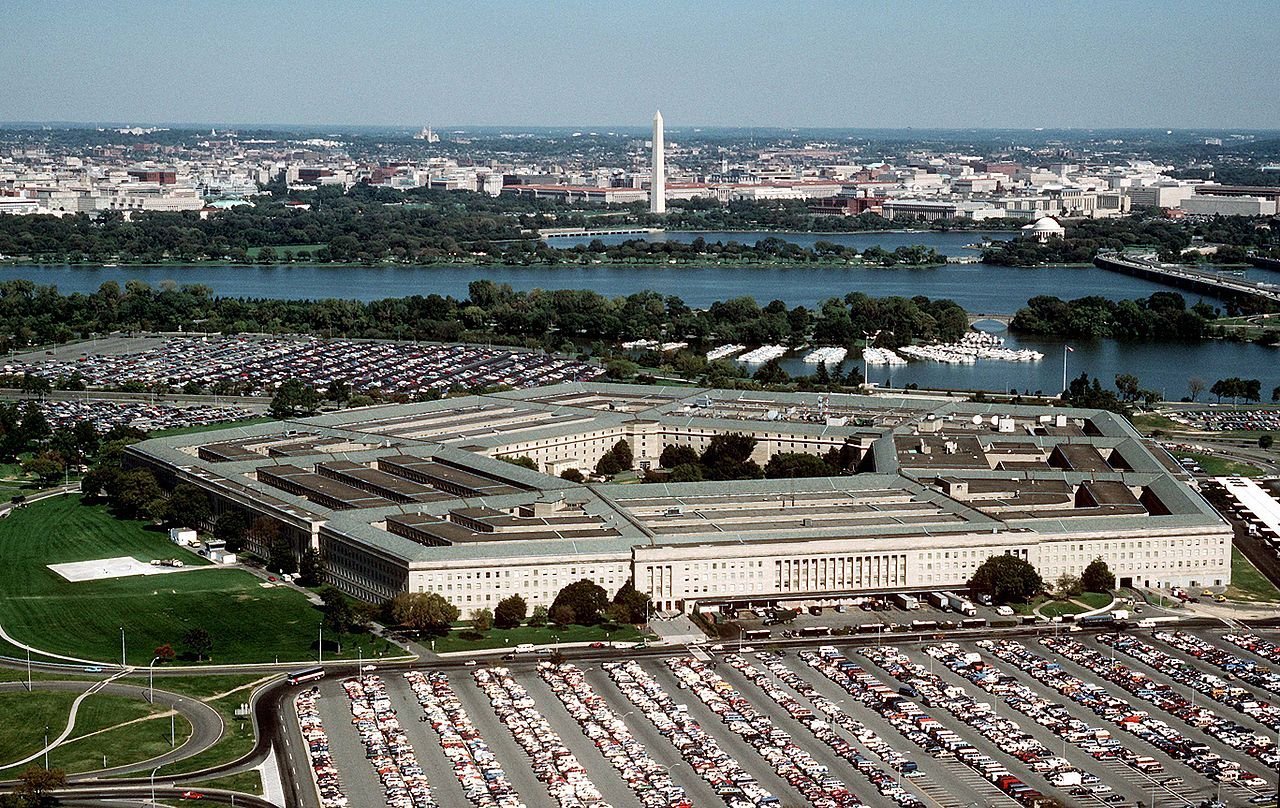This is part 2 of a two-part report on the 2023 FY NDAA. You can read part 1 here.
7 months after a major U.S. military theater was closed following the departure of U.S. forces from Afghanistan and the requested military budget for the 2022-2023 fiscal year has increased from $753 billion to $773 billion.
As inflation of prices resulting from inflation of the money and credit supply by the Federal Reserve to finance two decades of over-spending by Washington, some Americans are seeing price increases in nearly every sector of the economy.
Nevertheless, lawmakers have found room in the National Defense Authorization Act (NDAA) for an additional $30 billion worth of core military spending.
WaL defines “core” spending as purely what is asked for by the President on behalf of the DoD at the top of the bill. Core spending doesn’t include the budget for the intelligence services, the “wishlist” spending, which consists of a supplementary list of additional line items that the DoD desires, but which it doesn’t deem as necessary, and finally the Dept. of Energy budget for the maintenance of America’s nuclear weapons stockpile. The wishlist spending was not long ago totaled at $550 billion, or two-thirds of the actual NDAA of that year.
With Core, DoE, and Intel. spending together, the confirmed budget for all things military balloons to $813 billion, the largest such authorization in history.
While running on positions to the opposite of everything former Trump campaigned on, Biden has been more than happy to reauthorize many of the former’s programs meant to antagonize China, including the continual funding of the Pacific Deterrence Initiative, meant to pepper islands in Indo-china with radar, missile, and air power capabilities to menace Beijing’s south and west coastal border.
In WaL’s annual review of the NDAA, these stood out as particularly noteworthy.

Fake nose and moustache
Almost $100 billion of military spending has been distributed to other departments, including the Dept. of Energy, USAID, and the State Dept.
— Of the $64 billion for the Dept. of Energy’s handling of the Pentagon’s nuclear energy, missile, and weapons requirements, more than $10 billion is part of the Obama-era decision to modernize the nuclear arsenal, while $6 billion alone is spent on clean up.
— It says a lot about a country that its department for diplomacy and international relations receives its funding while nested inside the legislation authorizing the budget for war and military. In a self-congratulatory section of the “State Department Authorization Act,” it is the “sense of Congress that… challenges such as the global refugee and migration crises, terrorism, historic famine and food insecurity, and fragile or repressive societies cannot be addressed without sustained and robust United States diplomatic and development leadership”.
In all three major famine-stricken or at famine-risk areas in the world in 2022, (Afghanistan, Yemen, and Somalia) the United States is the root cause of the famine. Nevertheless, State is responsible for doling out military aid to multiple countries. In the coming year, Israel will get $3.3 billion, Jordan will receive $1.45 billion, and $1.4 billion will go to Egypt.
“All three states commit significant human rights abuses,” reports LI. “A UN report recently accused Israel of committing the crime of apartheid, and Egypt’s military ruler, Abdel Fattah el-Sisi, imprisoned many of his political opponents in the country’s most recent election”.
State will receive an additional $4 billion “to effectively compete with the People’s Republic of China (PRC) and Russia” and “…to support US commitments to international organizations and affirms US leadership at a moment when our competitors are seeking to expand their influence”.
Next-gen warfare
— The increase in the budget for the Space Force predictably rose by some 35-40% compared to last year, citing the need to replace and update legacy systems to protect them from attacks “from, and through space”.
Jason Ditz, writing for Antiwar points out the pattern since the Space Force’s creation.
“A lot of the Space Force scheme is purely theoretical, and self-supporting. They put very expensive hardware of some utility in space, and then need to be bankrolled to make sure nothing happens to it”.
Much of the line items for the Space Force are for modernization and new equipment, something General Frank Kendall, Air Force Secretary, said is necessary especially for countering hypersonic glide missiles and the like. The Space Force was created merely four years ago, and the fact that they’re already complaining about outdated equipment raises questions about their organization and leadership.
— $11 billion will be spent on U.S. Cyber Command, equivalent to the cyber operations budget for all other domestic agencies, and an 8% increase on the year before. Cyber Command’s money will go to training more “mission teams,” in order to affect its mission to “project power in and through cyberspace through the employment of cyberspace capabilities”. WaL
If you think the stories you’ve just read were worth a few dollars, consider donating here to our modest $500-a-year administration costs.



